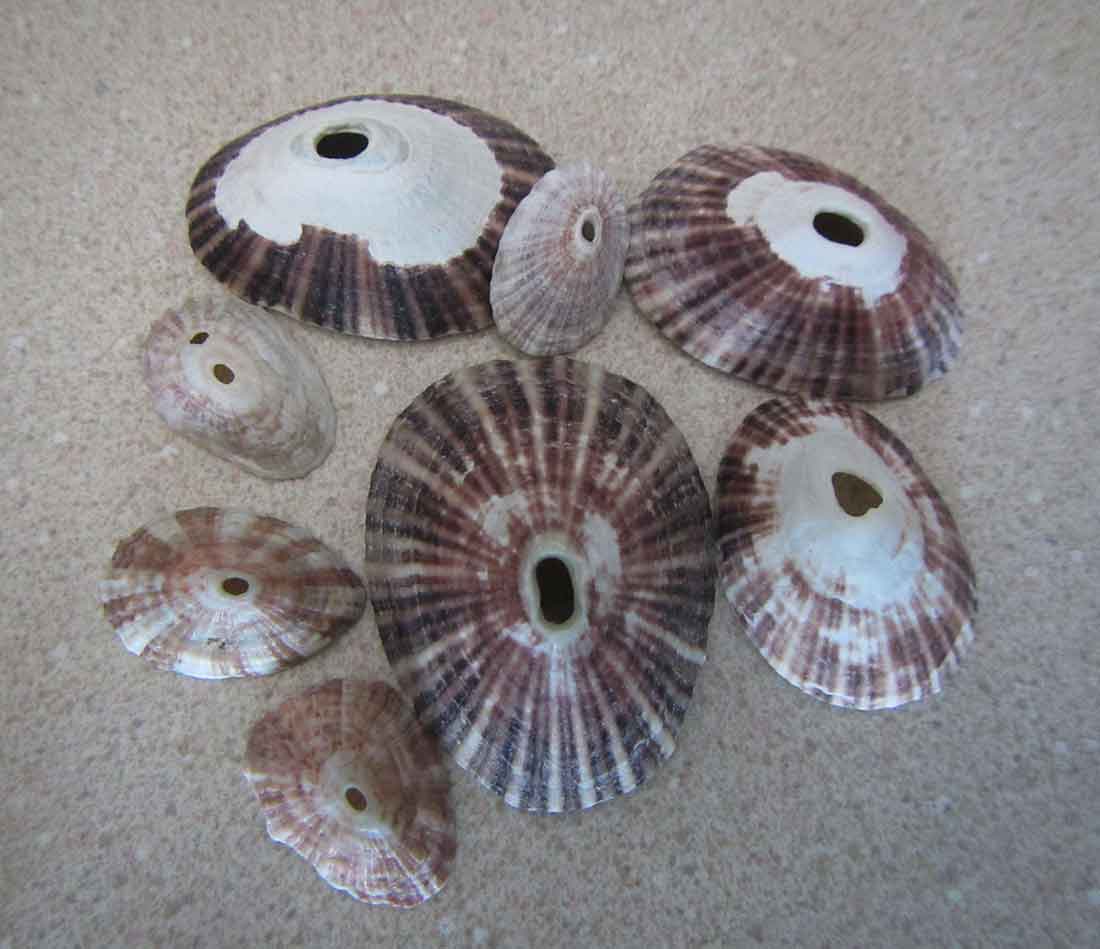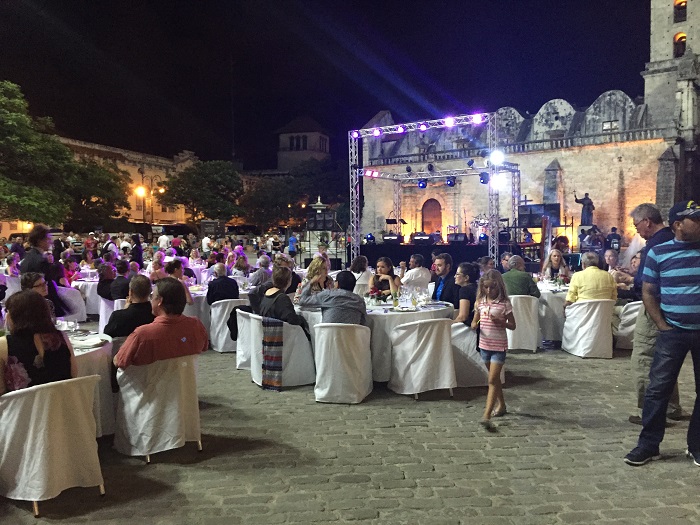Yesterday may have been our last day to visit Old Havana, and I’m so glad I didn’t know it then because I would have felt a need to rush about more. Luckily we had a relaxing day and enjoyed some kind of holiday celebration that was happening.
We are trying to figure out the best ‘weather window’ for leaving Cuba. We knew we’d get the window some time this week, and now it looks like tomorrow is the day. So, here is our loose game plan. The winds are opposing the gulf stream a good deal of the time right now, but for the next couple of days those winds are pretty mild from pre-dawn until midday. So we will leave early in the morning, and sail in the gulf stream until the afternoon, when hopefully we will be near Key Largo. At that point we’ll head toward shore, out of the stream, and sail near the Florida coast until early the next morning when the winds die down again. We’ll head back into the Gulf Stream to Ft. Lauderdale, where we hope to clear in. By doing this we get a boost of speed from the northbound currents in the Gulf Stream while the opposing winds are mild, and when those opposing winds are stronger during the afternoon and evenings, we’ll slip out of the stream into the calmer waters outside the stream. I’m sure I’ll be sick, but hopefully less so than during some of our passages this winter.
The US Coast Guard sent us an email the other day (right after Bob had just composed a message to them) to ask if we were still on schedule for returning to the US by May 1. Bob responded, and we are hoping to hear back on whether we can clear in to Ft. Lauderdale. I have my fingers crossed about this because it will be more convenient for us to arrive in Ft. Lauderdale than in Miami. My flight home is Tuesday morning, out of Ft. Lauderdale.
Bob has just heard that the no-anchoring bill in Florida will indeed go into effect on May 1, so our plans for arriving in Ft. Lauderdale have to be adjusted. We will go to Miami instead, not a first choice for either of us. I guess we will rent a car to get to my Ft. Lauderdale flight. That’s boat life for you….you can make all the plans you want, even at the last minute, when you think you’ve got everything in hand, but the powers that be just laugh and laugh.
Yesterday we went back into Old Havana to look for the headquarters of the Women’s Federation for Handwork. Over the weekend we found the retail shop where the garments are sold, but the workshop where women take courses and make things for the shop is closed on the weekends. Yesterday we had a bit of a run around trying to find the workshop. When we did find it, we learned that all the ‘professores’ were gone since classes only take place in the mornings, while we arrived in the early afternoon. Maybe it’s just my imagination, and a leftover feeling from my visit to the workshop in Santiago, but I got the distinct impression that there would be complications trying to get anyone to see me. Yesterday I got to speak to a custodian and a language teacher, but when I asked for a ‘manager’ they both responded that ‘this was not possible.’ After meeting the open and generous women on the Paseo del Prada, and sharing such an excitement for handwork in spite of our communication barriers, I just couldn’t muster enough energy at this point to care if I met the administrators of this federation. I don’t think their goals are quite the same as mine. Admittedly I do not have the ‘whole picture,’ but from my limited perspective I believe their goal is to promote traditional clothing and make a successful business training women to keep these techniques alive and make the garments ‘saleable.’ It is a business venture that needs to succeed, and I hope it does succeed because that just makes handwork more valuable to everyone. But my mission is to meet women who love handwork and want to share what they do. I found that in spades with the group of women who surround Adriana Martinez.
It was some kind of holiday yesterday, but I never understood what! Several people wished us a ‘happy holiday,’ and museums were open in Old Havana that had been closed during our previous visits. While we were in the ceramic museum, I asked our guide what holiday was being celebrated, and she replied that it was the national holiday for ceramics. Bob and I are not at all sure we understood this properly. All kinds of museums were open that have been closed during our previous visits…maybe the holiday was really about Cuban heritage. Anyway, our guide still maintained that it was a ceramics holiday.
The ceramic museum was in the home of an historic ceramic artist who had a workshop and shop on the ground floor and living quarters for his family on the upper floor. The building was from the late 19th century with a central courtyard, and it made a wonderful museum for a history of Cuban ceramic artists. Each room featured a different time period of artists’ works. The courtyard was devoted to vessels and large figures.

Our guide understood enough English for me to tell her that one of my good friends is a ceramics artist who does large figures in terracotta. I took these photos for her.


Somehow in our conversation it came about that our guide loves to knit. She took us to the entrance of the employees lounge and asked us to be very quiet since her boss was in there. She went in and came back moments later with a little bag of her knitting. It was the same ecru cotton floss type thread that the women on Paseo del Prada were using to crochet and make lace. I wonder where they get this material. Our guide told us she’d like to knit all day long, but can only find a few minutes here and there during her breaks at work. She said she never gets any time to knit at home because she has to cook and take care of her family. Sound familiar?
There were so many places open for touring or for business that had not been open all weekend long. It was a festive day, and there women dressed in traditional costumes on many street corners. You could take a photo of there for $5 CUC, which seemed a bit dear to us. Near the end of the day, Bob managed a discreet photo from a distance.

OLYMPUS DIGITAL CAMERA
One of the places that had been closed over the weekend was a perfumerie. We had looked through the windows of this museum/shop and admired the antique brass containers used for distilling fragrances, the wonderful colonial furniture and display cabinets, and the glass apothercary jars that held the fragrances. I was thrilled to get into this shop to see things at close range! Bob took some photos while I smelled the fragrances and bought a ceramic jar of violetta for myself and lavender for my sister.

Every store has a beautiful courtyard since they are housed in historic buildings. This is the courtyard of the perfumeria. Bob and I had been admiring the stained glass every time we walked by this building over the weekend.

In the late afternoon yesterday, Bob and I happened upon a young man making baskets from palm fronds. In his large basket he had a number of exquisite, small items made from the fronds….birds, and a little house with a cricket on top.

He was easy to talk to and knew enough English that we could communicate quite well. As Bob and I were marveling at the fineness of these tiny basket creations, he offered me one of his ‘birds.’ It appeard that he was giving me a gift, but I wasn’t entirely sure. Here again was someone offering a gift and letting fate take his generosity where it would. I put the bird back in his large basket and asked him for the little house with a cricket on top. Buying that took a bit more time and frustration than we’d anticipated! First, Bob could not find his money, and as he searched we had the sickening feeling that maybe we’d lost all our money. After a few heartstopping minutes he did find his stash of money, but then we did not have exact change to buy the little cricket. The basket maker could not make change for us. So Bob went in to the local bar to ask for change, but they did not have it either. Then the basket maker left his spot to go buy a beer which would give him change. (You can walk about the streets in Havana with alcohol). He came back smiling, and yet he still did not have the necessary change! In the end, laughing, he accepted somewhat less than his price, and he still handed me the little bird as a gift.
Bob and I went to dinner with my little house with cricket and my birdie sitting on the table before us as a quirky centerpiece. We kept admiring both these baskets, and I decided I had to have another little house with cricket as a present. I hoped we’d still find our basket maker on the street where we left him by the time we left the restaurant—which was a beautiful courtyard that had once been a print shop.

Restaurant Imprenta:


When we got back to the spot where we’d seen the basket maker, the other street artists had just finished packing up their wares and were headed home. Likely the basket maker would soon be doing the same. But we’d gotten there just in time to ask if we could watch him make a little house with cricket on top, and he seemed happy to oblige even though he still had one already made. It took about 20 minutes for him to make, and we had a wonderful conversation with him as he worked.

He started with two long palm fronds and crossed the fronds (north/south/east/west) over each other in the middle of the frond lengths. Starting with the ends that taper down to points, he began to fold each frond over the other in a consecutive direction. Since the fronds were tapering down to their outer ends the little box he was making got smaller and smaller, tapering like the fronds themselves. This made the roof of the house.

Then he went back to the other half of the fronds that led to the base of where they’d been cut from the tree, and he made the same consecutive folds for making a square. This made the house itself. Very clever. He cut some frond strips to insert into the box for doors and windows.

The exquisite litte cricket!

As he worked we talked…. He loves to make baskets and these little figures are things he ‘invents’ himself. He is always thinking of ways to make some kind of little structure or animal out of the traditional basket making techniques that he uses to make regular baskets. He took out his phone and showed us photos of his baskets. If he’d had any of these with him I would have bought some too! He does careful work that results in beautiful baskets!
I told him that I sometimes make baskets too, but not from palm fronds since there are no palm trees where I live. Bob took my phone and began showing photos of my weaving and bobbin lace since he could not find any photos of my baskets. When Bob showed a photo of my tatting the basketmaker’s face lit up and he said his wife does this! I asked if his wife also does crochet and ‘tejer,’ and of course he said yes! He said she loves these techniques and loves to work with her hands. We had a little discussion of how it feels to let our hands work the repetitive motions of these crafts while our minds are free to ponder. Making things with our hands allows our brains time to contemplate many things. He also told me he plays the piano and the violin. Someday he’d like to have a cello. He loves the cello most of all.
After giving me the little house with cricket he’d just made, he asked if I’d like him to make a snake. Naturally I said yes. I was curious to see what other techniques might be used to make these little figures, and the snake involved a different kind of manipulation of the fronds. When he finished he gave me that too. He really was most generous!
The only downside of our visit with him happened when a woman stopped for a moment to watch while he was making little cricket on top of the house for me. He offered her the one that was already completed. When he told her the price ($3 CUC) she said, “Big city prices….no thank you!” and walked away. We were all stunned. Yes, there are vendors who have high prices for things and who expect you to bargain, but these are mostly vendors who sell things that they have bought to sell. The artists we’ve encountered sell their work for very little, and I cannot imagine haggling with them. Perhaps I’m wrong about this, but how can you expect to pay even less for such an exquisite concoction of creativity? $3 Cuc for 20 minutes of work? Also, as a craftsman myself, I have stood in my own booths over the years and overheard people say that handwoven items are too expensive—that you can buy something just like it in a store for far less.
Well, you cannot buy a little basket woven house with a tiny cricket on top in any store that I know of. I was disappointed in this exchange. It would have been better for her to acknowledge what a little gem he’d just handed her, but that she could not spare the money at this time. It’s such a sad commentary that she felt she had to devalue his work in order to get away.
During all our cab trips to and from Old Havana we drive through modern Havana, including Embassy Row. The US Embassy is newly opened and has never been on the avenue where all the other embassies are. Most of the embassies are in historic colonial buildings and are quite a sight. The Russian Embassy is the exception, although it too is quite a sight! It is an wonderful example of Soviet architecture.

Tonight we’ll have drinks around the pool here in Marina Hemingway with some of the other cruisers we’ve met in the last few weeks, along with Lars whom we met as we arrived in Cuba two months ago. Some of us will walk to a local Spanish restaruant in the nearby town (Jaimentio?–something like that) to have a final dinner together. Then is farewell to Havana and to Cuba. It’s been great, but home is beckoning. Bienvenidos Florida by this time on Friday!


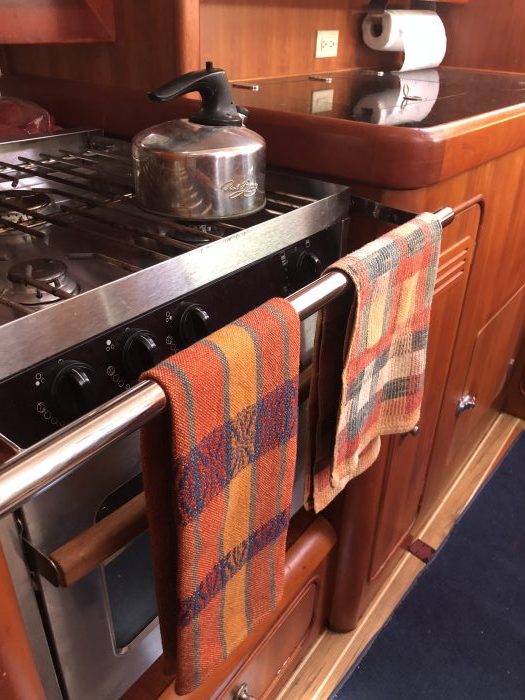
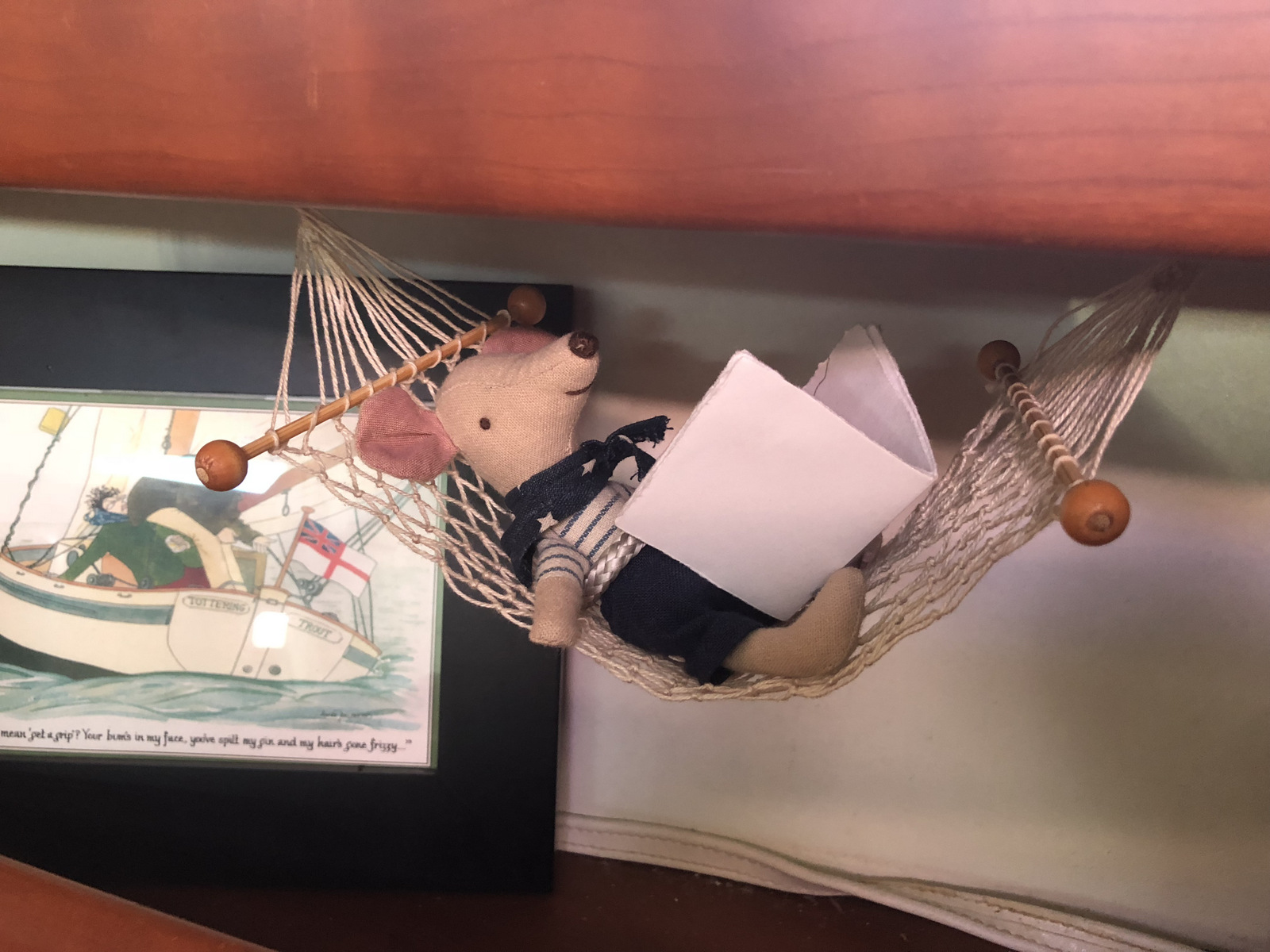





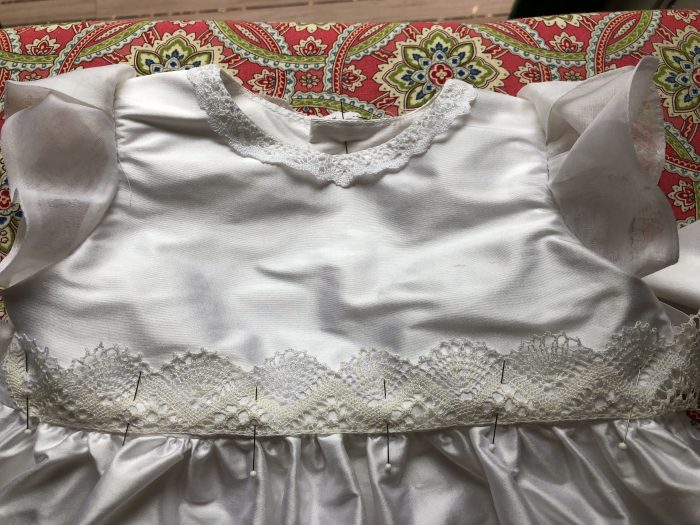

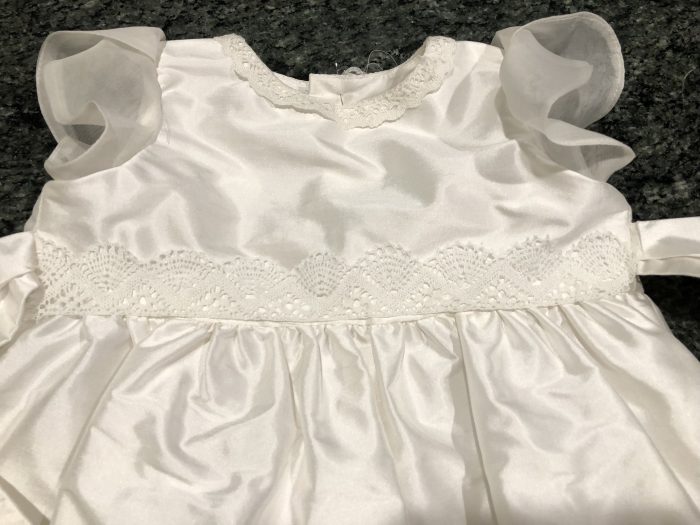







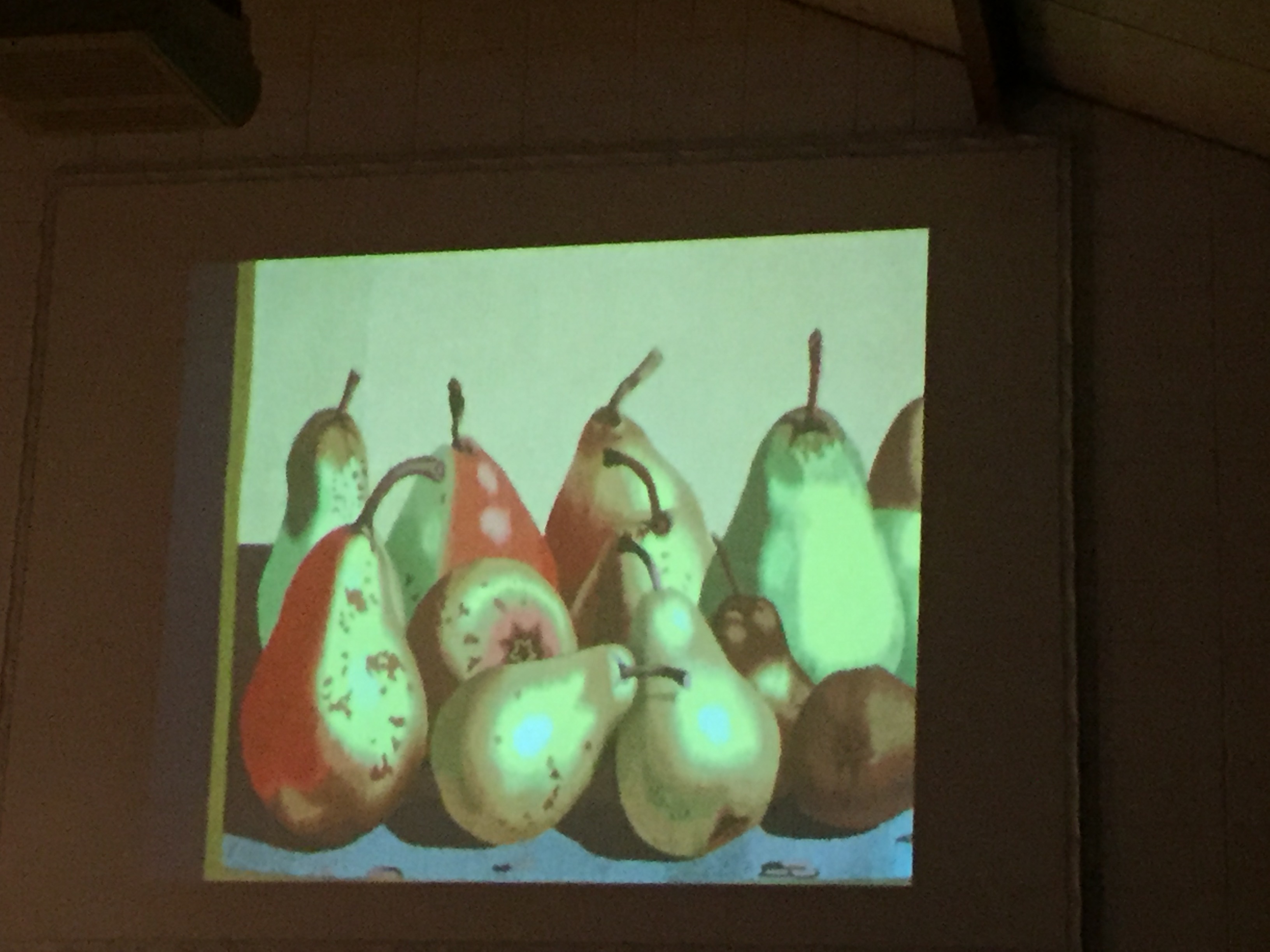

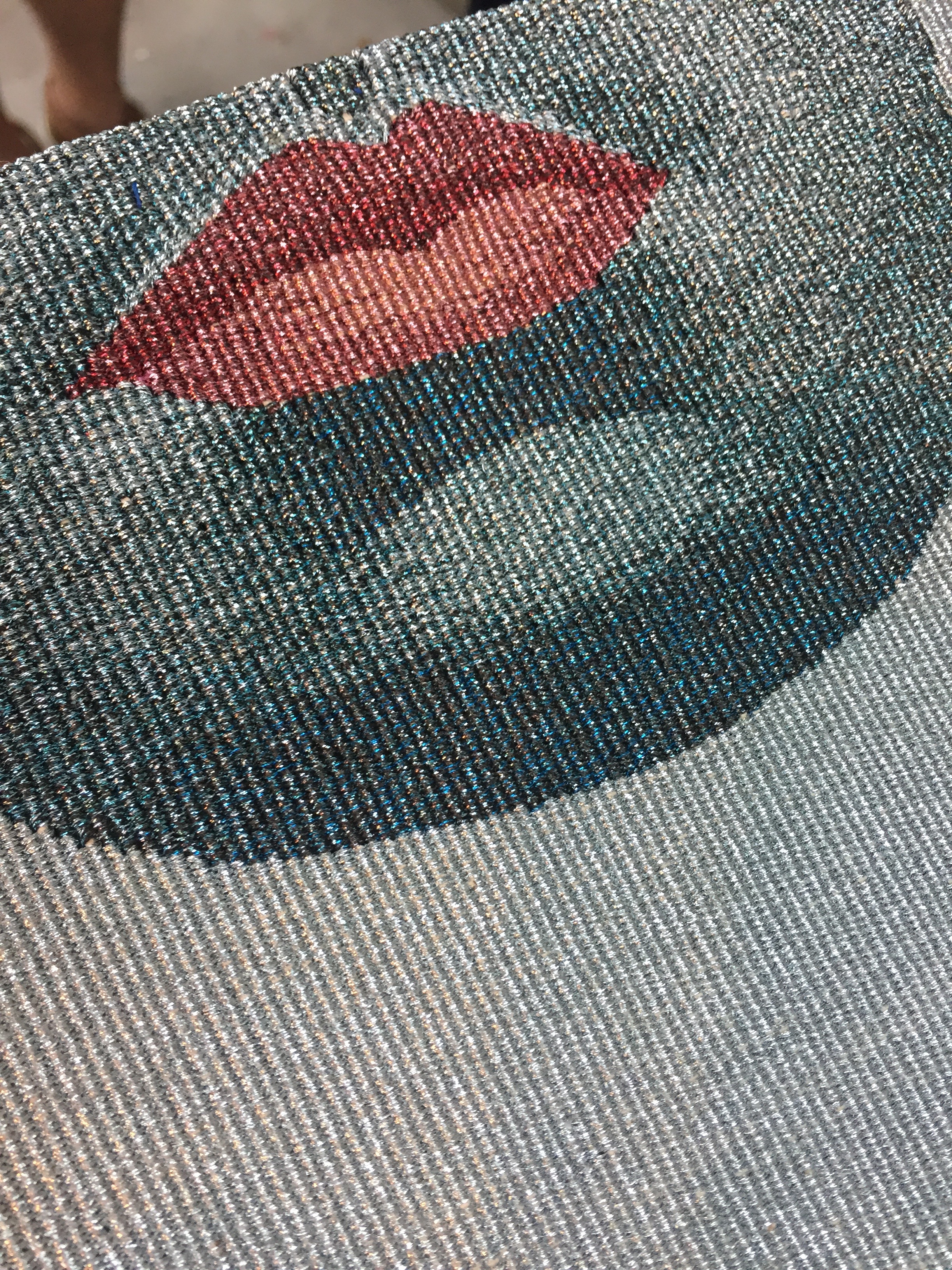
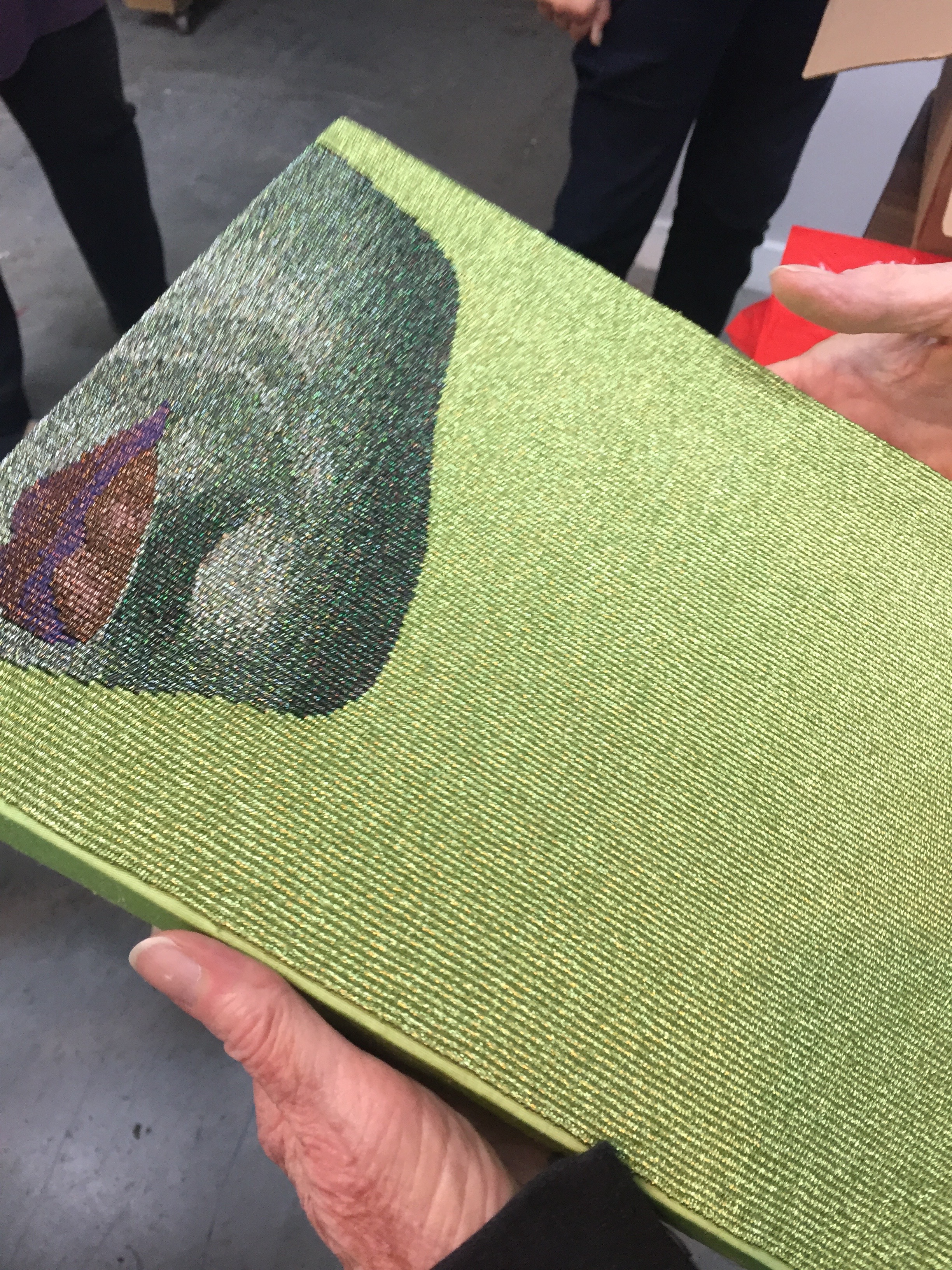









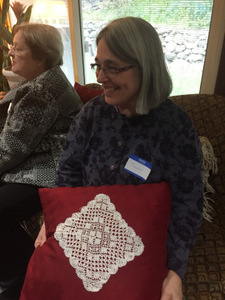







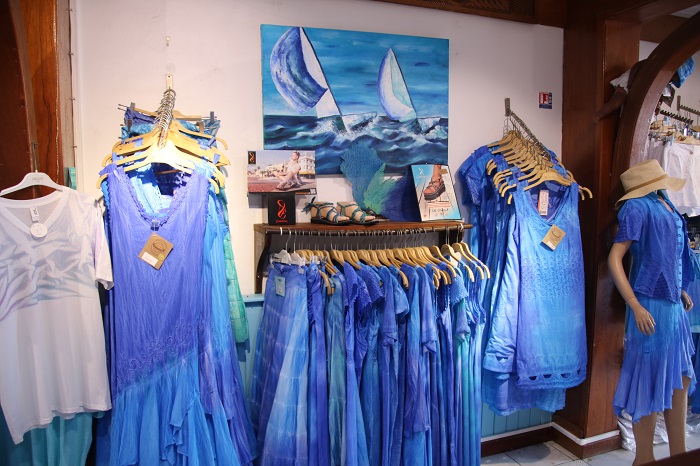
 What I learned from this limited and torturously slow internet search is that the sea island cotton on Montserrat had the longest fibers of any cotton in the world, and that was due to the volcanic soil on this island. The cotton plants and the spinning factory were destroyed in 1995, the first eruption of Soufriere Hills which destroyed the capitol city of Plymouth where the spinning mill for the cotton was located. This eruption not only destroyed the cotton crop, but also two-thirds of the island. In the early 2000s, the dome of the volcano collapsed, after a few more years it seemed that the volcano had become inactive. In 2006, there began to be activity, and another eruption in 2008, has put that theory to rest. Yet it appears that the weavers are still working with sea island cotton. I’ll write more when I can get better access to the information.
What I learned from this limited and torturously slow internet search is that the sea island cotton on Montserrat had the longest fibers of any cotton in the world, and that was due to the volcanic soil on this island. The cotton plants and the spinning factory were destroyed in 1995, the first eruption of Soufriere Hills which destroyed the capitol city of Plymouth where the spinning mill for the cotton was located. This eruption not only destroyed the cotton crop, but also two-thirds of the island. In the early 2000s, the dome of the volcano collapsed, after a few more years it seemed that the volcano had become inactive. In 2006, there began to be activity, and another eruption in 2008, has put that theory to rest. Yet it appears that the weavers are still working with sea island cotton. I’ll write more when I can get better access to the information.




